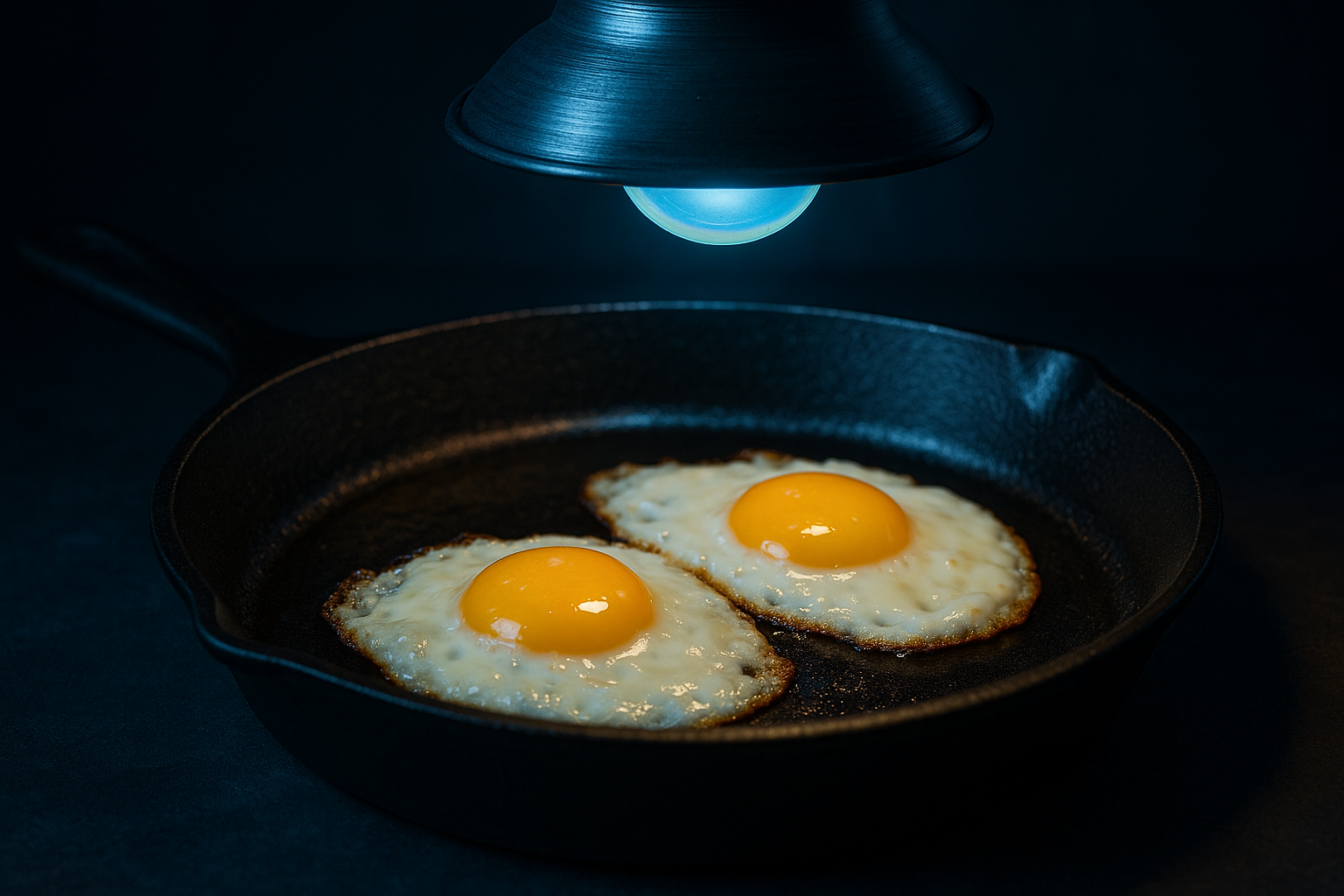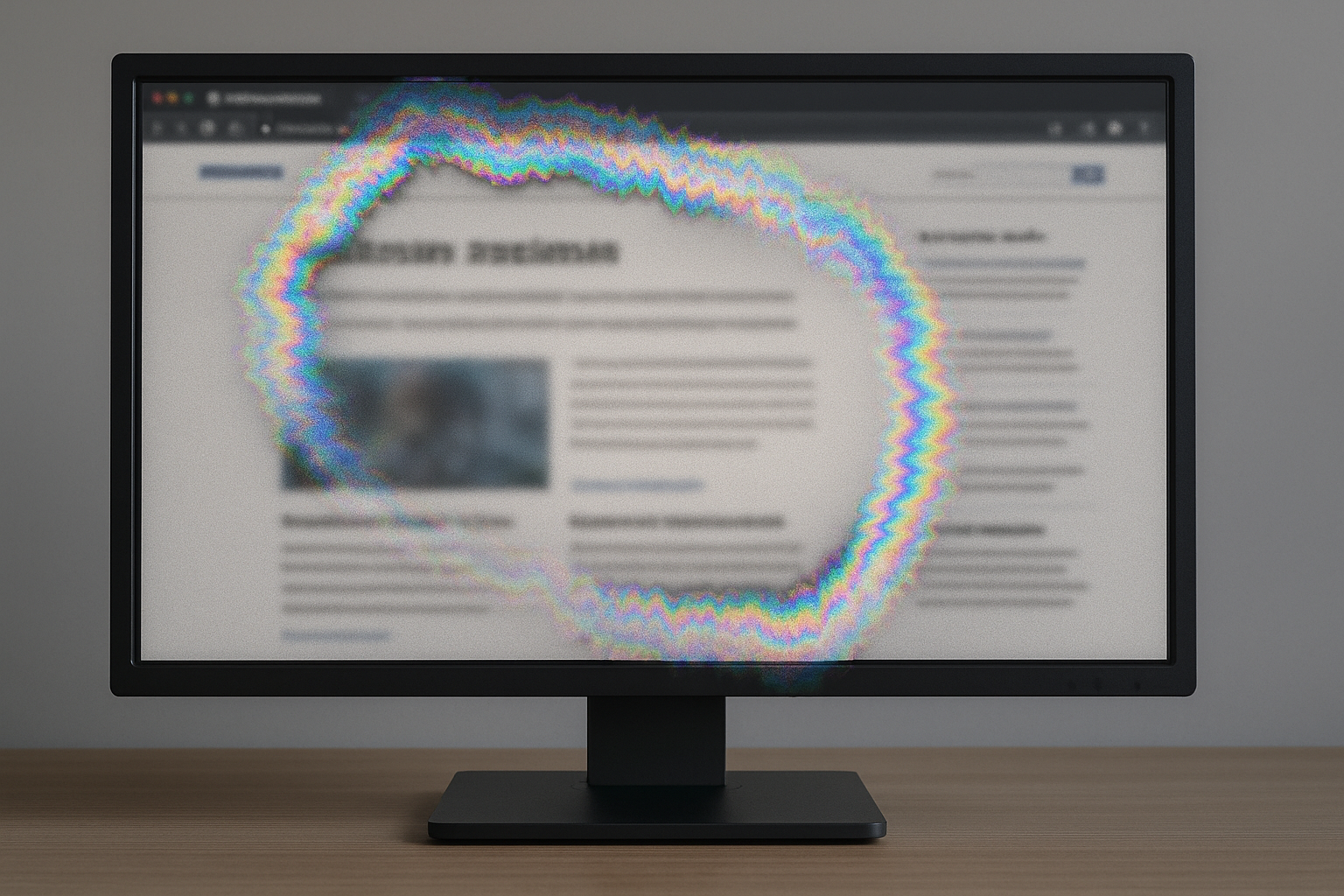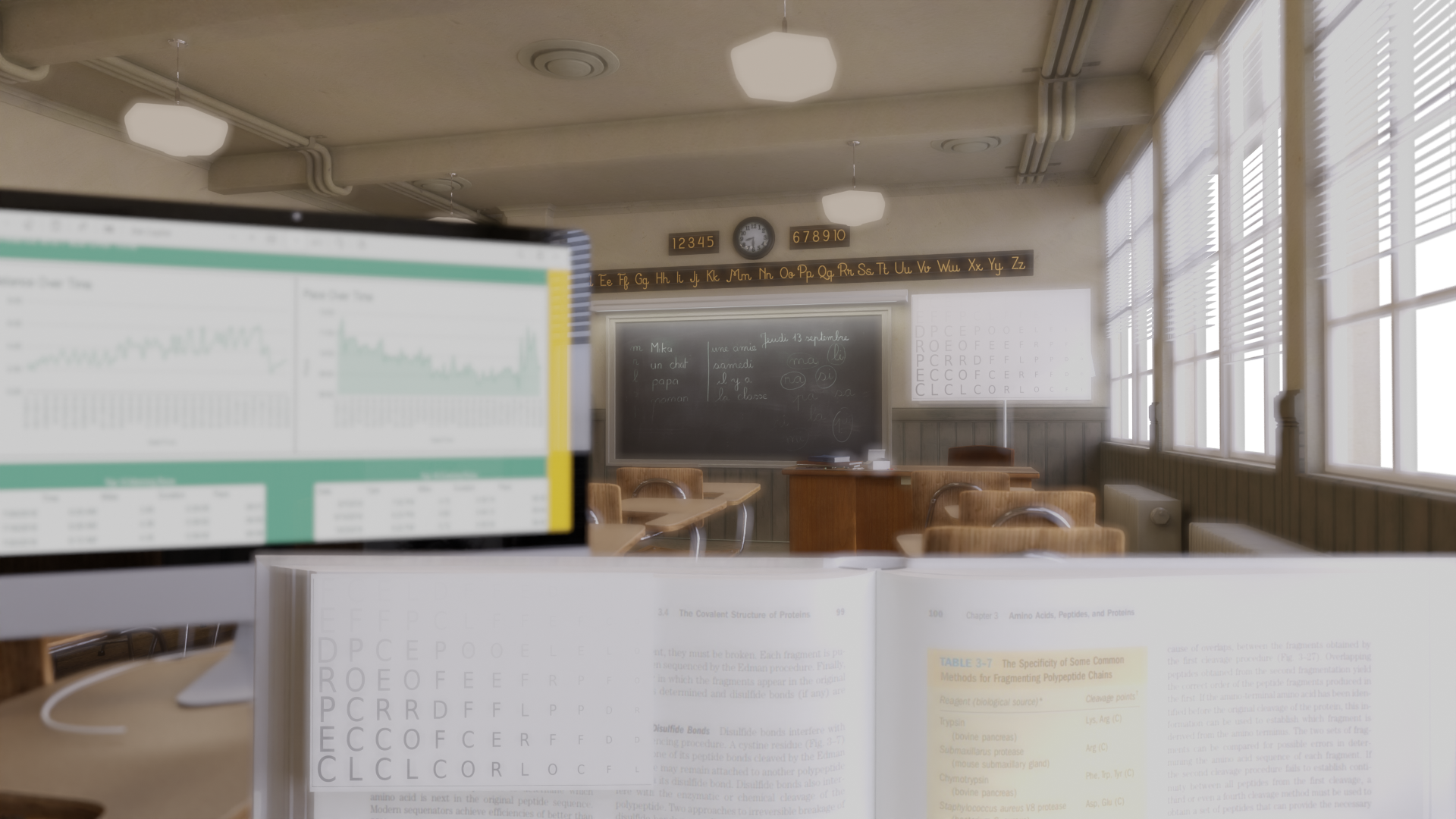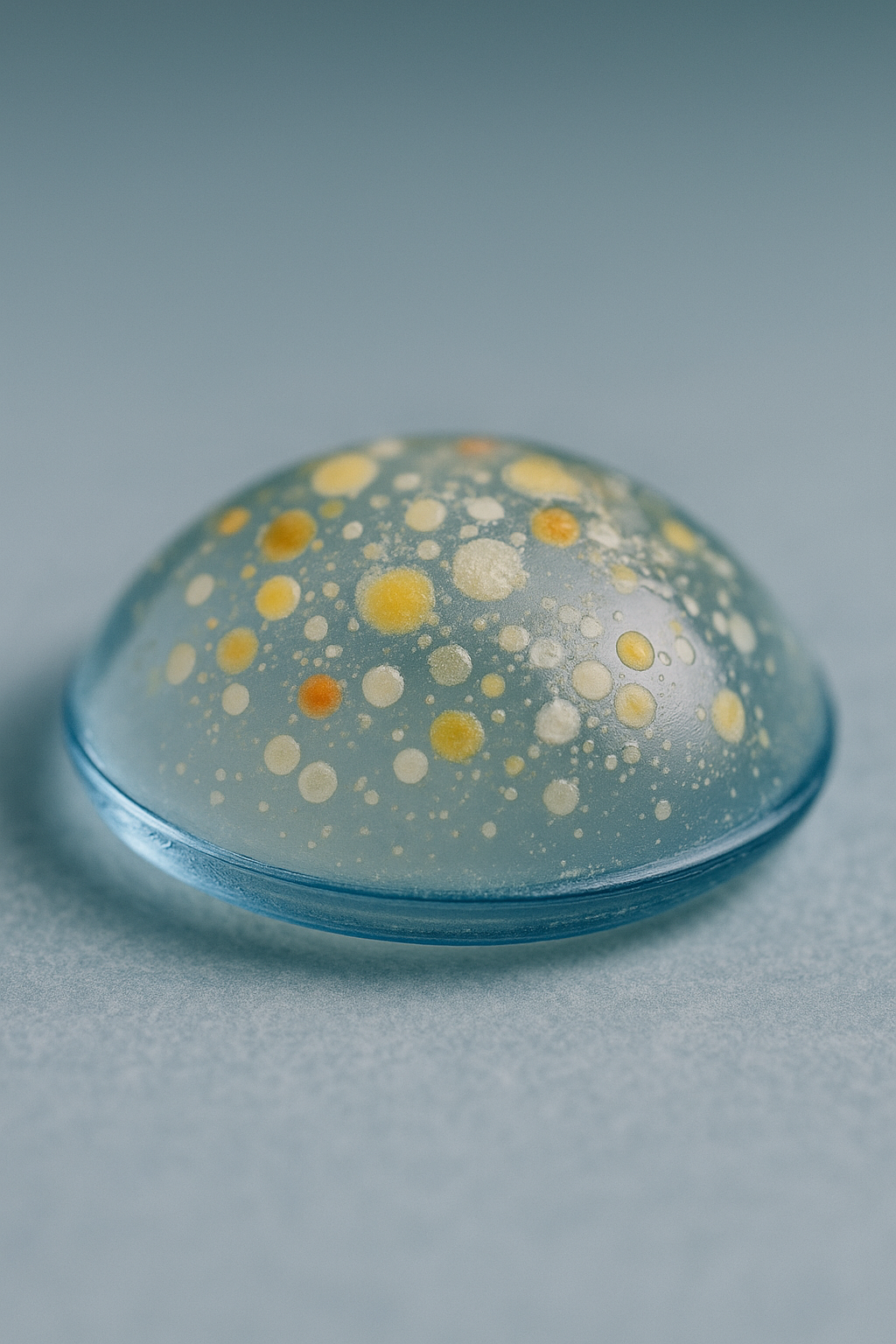You Need Glasses… Will Your Kids?
If you’ve ever gone down the rabbit hole of childhood myopia research, you’ll know it’s a maze of studies, statistics, and sometimes‑contradictory advice. I wanted to make that easier. This Myopia Risk Calculator is my attempt to tie together the major known risk factors (genetics, screen time, outdoor exposure, sleep, and near‑work habits) into a single, visual, and evidence‑based tool you can actually use.
Each variable in the calculator is rooted in published research. You’ll see whether it’s considered beneficial or harmful (and to what degree), with context drawn from the best available meta‑analyses and cohort studies. The goal isn’t to hand you an exact percentage, but to help you see which factors matter most for your child and which ones you can change.
Why This Exists
Parents often ask how worried they should be if one or both parents are nearsighted, or if their child spends too much time on screens. The reality is, genetics set the stage but environment directs the play. More outdoor time, longer sleep, and mindful screen habits can meaningfully shift the odds. This calculator summarizes those relationships in plain English (with just a hint of science‑speak).
About the Studies
Research on myopia risk spans thousands of children across Asia, Europe, and North America. The strongest consistent findings are:
Parental myopia is the single most powerful risk factor, especially when both parents are highly myopic.
Outdoor time helps, and more is better. Each additional hour spent outside per day reduces risk, up to a point.
Screen and near work contribute additively, particularly when done at short viewing distances.
Sleep plays a smaller but measurable role, with shorter durations trending toward higher risk.
Important Context
While the calculator aggregates credible data, it isn’t a medical diagnostic tool. Individual risk depends on many variables—eye growth, genetics, environment, and time. This resource is designed for educational purposes and should not replace professional advice. If you’re concerned about your child’s vision, schedule a comprehensive eye exam with a licensed optometrist or ophthalmologist.
Child Myopia Risk Calculator
This calculator estimates a child's risk of developing myopia (nearsightedness) based on key lifestyle and genetic factors. Percentages are study‑anchored context for individual factors and do not add together.
Disclaimer: This content is for informational purposes only. It is not a substitute for professional eye care or medical advice. Individual results and risk factors vary. Always consult your eye care provider for personalized guidance.
Dr. Robert Burke is an optometrist at Calgary Vision Centre. The thoughts, opinions, and analogies shared above are intended for education and entertainment purposes only (think of them like a friendly explainer, not a personal consultation.) Every set of eyes is different, and the right testing protocol depends on your specific vision needs, health history, and lifestyle. So if you're experiencing symptoms or just have questions about your vision, don’t rely on internet content alone, talk to your optometrist or health care provider directly. We’re here to help, but nothing beats an in-person exam with someone who knows your eyes.
want to read more?
If every nighttime commute feels like you’re being interrogated by oncoming headlights, you’re probably wondering whether night driving glasses are worth a try. Before you click “Add to Cart,” here’s the honest breakdown.
Most people walk past the multivitamin aisle wondering if they’re being irresponsible adults for not grabbing a bottle with a name like Ultra Vision Shield Maximum Defense See Forever. But when you trace where these eye vitamins came from, what they were actually tested on, and who they were meant for, the whole thing becomes a lot less mysterious.
You spent your childhood outdoors, with zero TikTok and still ended up wearing glasses. Now your kid spends eight hours a day staring at YouTube thumbnails from six inches away. What chance do they have? This new calculator combines decades of myopia research to find out.
Polarized light is like a pitcher throwing endless sliders: distracting, overwhelming, and hard to track. Polarized sunglasses filter out the junk, leaving only the clean, useful “fastballs” your eyes can actually use.
We spend hours glued to screens every day, and it feels like all that blue light must be harmful. But how much actually reaches your retina? And how does a full workday at a monitor stack up to blue exposure from the outdoors?
Ever been told you had an “ocular migraine”? Chances are, that is not what really happened. In this post, we break down what those zigzags and blind spots actually mean, why “ocular migraine” is usually a misused label, how to tell the difference between harmless aura and eye emergencies.
You're about to make an irreversible decision that affects how you see everything forever… no pressure.
Menus, text messages, sunsets, your grandkids' faces… all filtered through a lens you haven’t picked yet, and can’t return. Should you choose perfect clarity at one distance? Or decent vision at all distances with a few quirks? I built some simulations and visuals to help make sense of it. Because this isn't just about lenses it's about how you’ll see your life.
Most eye exams only test how well you see black letters on a white chart but real life isn’t high contrast. If you’ve ever “passed” your eye test but still struggle with night driving, glare from oncoming headlights, or foggy days, the problem might be your contrast sensitivity and there is a good chance its never been tested.
As patents expire, old lens designs are repackaged and sold as “new,” even though they were cutting-edge back when flip phones were still cool. This article unpacks how progressive lens tech has evolved, why modern vision needs demand modern optics, and what you're really getting when you buy progressive glasses from a big-box store or discount site.
Earth's atmosphere sometimes bends light in bizarre ways, letting sailors spot ships beyond the horizon and creating phantom sunrises in Antarctica. But could those same tricks stretch a sightline 30,000 kilometers across oceans and continents? We break down the physics, the math, and how big a landmark would have to be to pull it off.
You’ve probably seen the TikTok horror stories: someone nearly lost their eyesight after swimming in their contact lenses. But how likely is that really? Are eye doctors overhyping the risk of Acanthamoeba keratitis (AK), or are we just bad at understanding odds? This post cuts through the anecdotes and breaks down the real numbers behind AK and why your habits might make it more dangerous than riding without a seatbelt. Plus, try your luck with our AK risk simulator and see if you beat the odds… or not.
Dry eyes in Calgary are no joke. Learn why low humidity, computer screens, and your meibomian glands are at war—and what you can do to protect your tear film.
Ever wonder why focusing on a screen all day feels like running a mental marathon? It might be your eyes secretly fighting each other behind your back. Take a 10 second red dot test that could reveal a hidden vision issue affecting millions — and learn what it means if that dot jumps when you cover an eye. It’s weird. It’s science. It might change how you think about your eyes forever.
Did Michelangelo sacrifice his sight for art? The grueling years spent painting the Sistine Chapel ceiling pushed his body to its limits, but did they rob him of his vision?
Ever feel like your reading speed is stuck in the Stone Age, no matter how much you try? Don’t worry—it’s not you, it’s 300,000 years of evolution being unhelpful. But what if there’s a way to hack your brain, turbocharge your reading, and finally shrink that mountain of unread books? Let’s get into it.
What could be of enough importance in 1962 that if it was lost, a regular season NHL game would halt mid-play and the players would drop down on their hands and knees and look for it?
Ray-Ban went from Hollywood icon to gas station bargain bin, nearly fading into obscurity. Then, in a shocking twist, it made one of the greatest comebacks in fashion history. Here’s how it happened.
After a concussion, vision feels glitchy—blurry text, light sensitivity, motion issues. The problem isn’t your eyes; it’s your brain running a buggy update. Like a frozen computer, it’s stuck in an infinite loop. The fix? Contoured prism glasses act like Ctrl-Alt-Del, instantly resetting your visual system. Here’s how.
Are you ready to upgrade your vision in 2025? Discover our ultimate guide to the best contact lenses, where we break down every option—from daily disposables to advanced scleral lenses—with expert ratings, real-world pros and cons, and all the details you need for crystal-clear sight.
Frequently patients ask me why their glasses’ lenses are thick on some edges and thin on the other, and I typically respond that because they have astigmatism their lenses have two types of curvature on each lens, just like the Calgary Saddledome. But that got me thinking, what if the Saddledome was a lens, what prescription would it have?




















